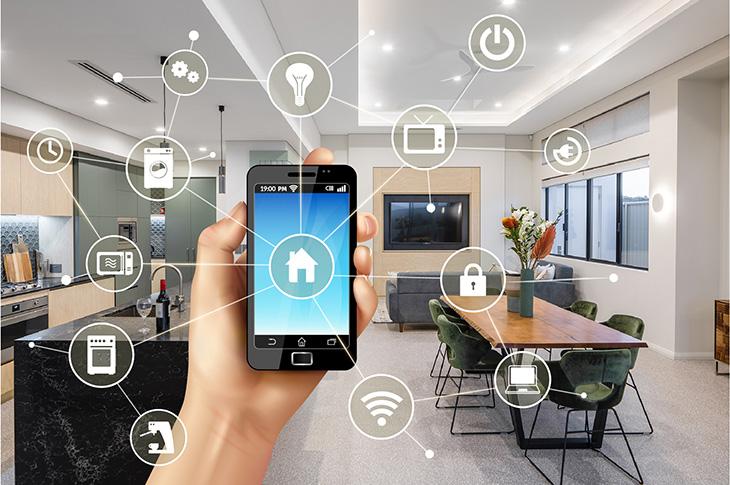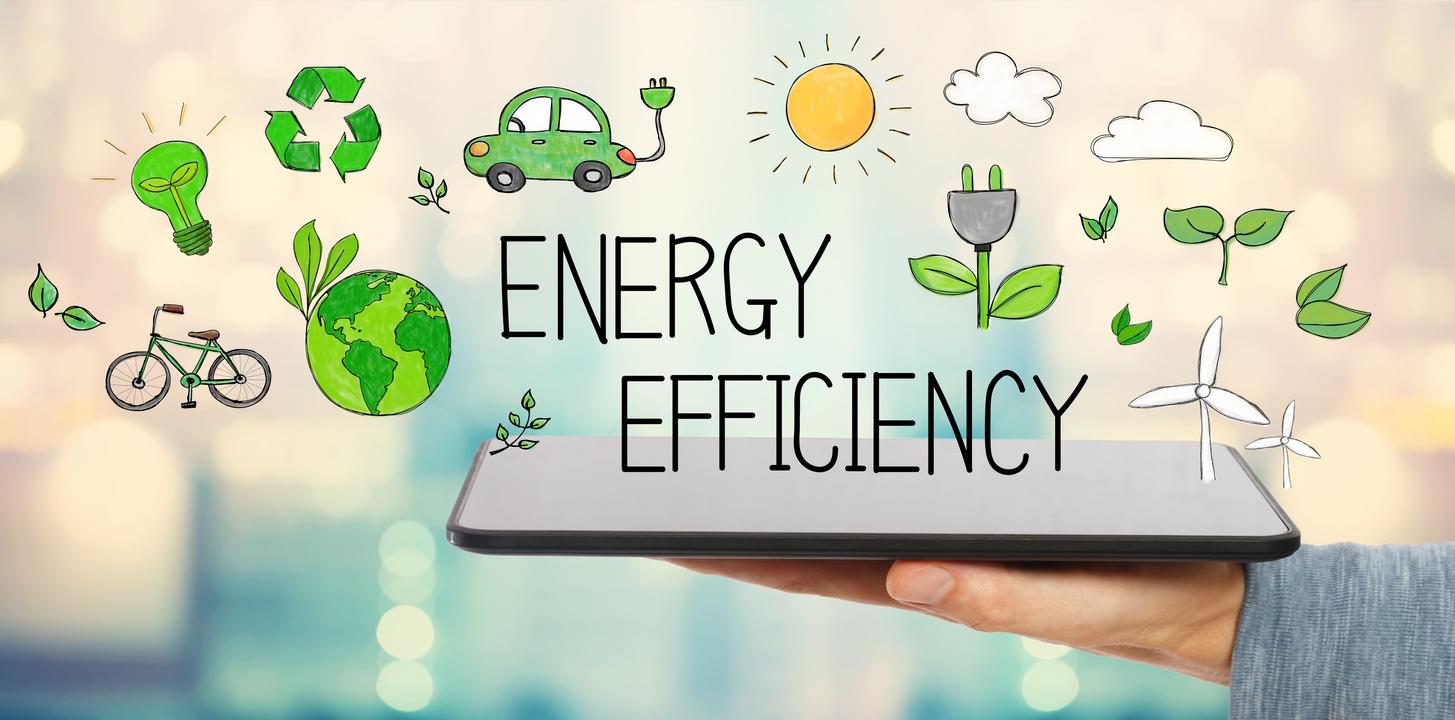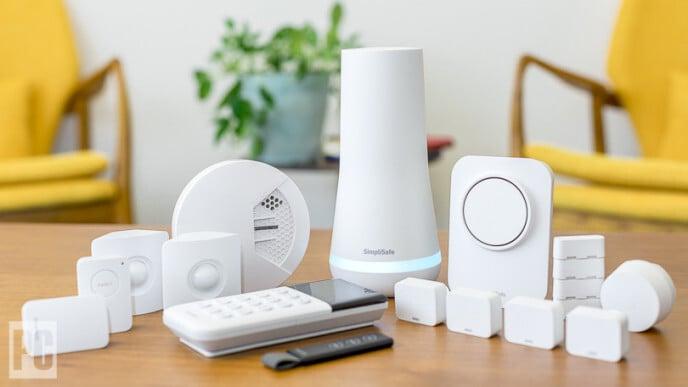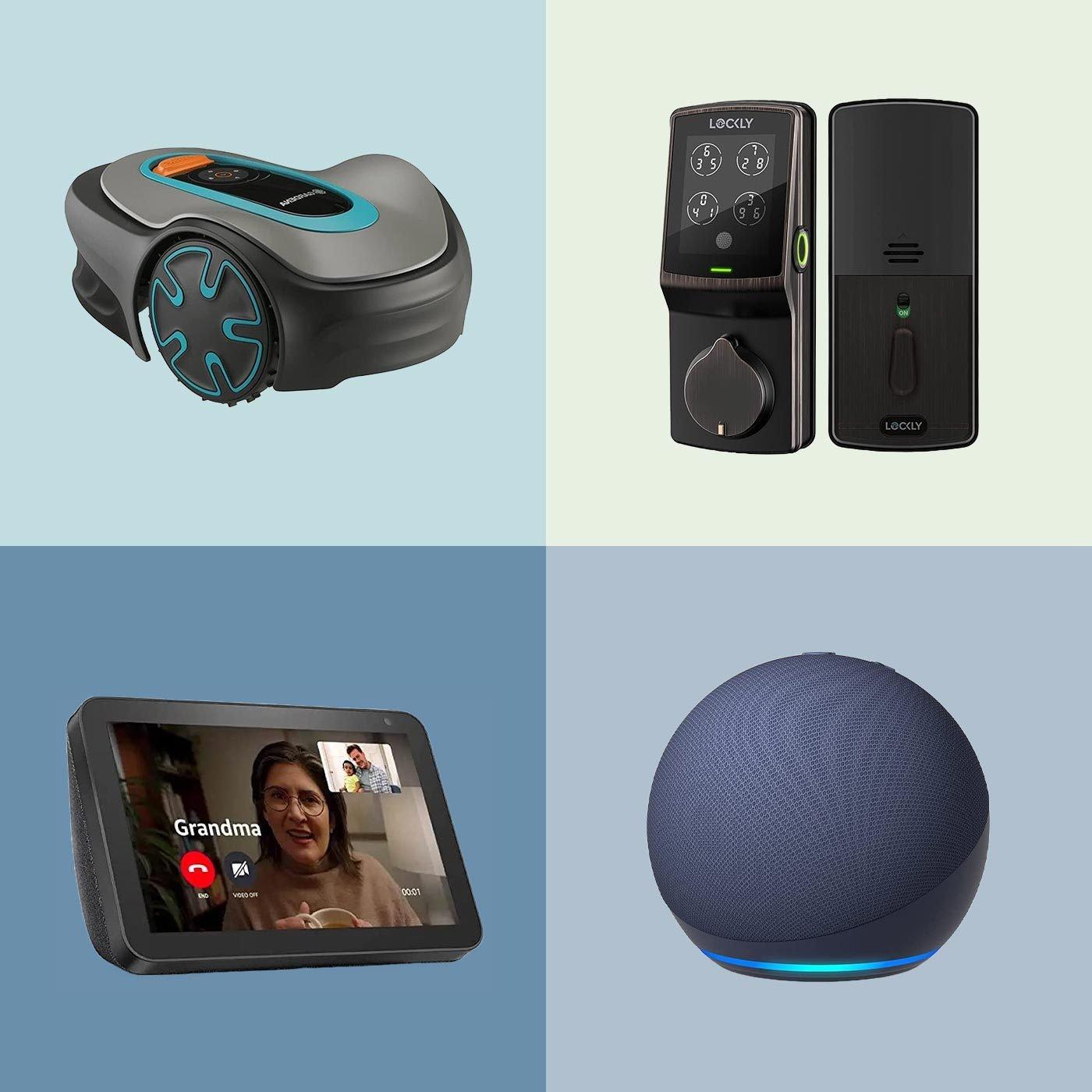In an era where technology seamlessly intertwines with our daily lives, the notion of a “smart home” has transitioned from a futuristic dream to a present-day reality. Yet, as we fill our spaces with smart thermostats, voice-activated assistants, and automated lighting systems, a critical question emerges: do these gadgets truly justify the investment? This article delves into the realm of smart home devices, examining their functionality, cost-effectiveness, and the genuine benefits they offer. By exploring both the allure and the practicality of these innovations, we aim to provide a balanced perspective that helps you determine whether enhancing your home with smart technology is a wise financial decision—or simply a modern indulgence. Join us as we decode the complexities of smart living and uncover whether these devices are the future of home enhancement or a fleeting trend.
Understanding the Financial Impact of Smart Home Technology
Investing in smart home technology can seem daunting, but understanding its financial implications helps demystify the costs versus the benefits. One of the primary advantages of these devices is the potential for significant energy savings. By employing smart thermostats, for instance, homeowners can effectively manage their heating and cooling systems to only operate when needed, rather than running constantly. This could lead to reductions in utility bills of 20% to 30%, contributing to a faster return on investment. Additionally, features like smart lighting can optimize energy consumption, providing savings that accumulate over time.
Another financial aspect worth considering is the potential increase in property value. Homes equipped with smart technology often appeal to tech-savvy buyers looking for modern conveniences. As such, upgrades like smart security systems or voice-controlled devices can add to the overall marketability of a property, potentially justifying a higher selling price. In fact, a well-implemented smart home transformation can lead to an estimated 5% to 15% increase in resale value. Here’s a simple breakdown of the financial elements to consider:
| Smart Device | Monthly Savings | Impact on Resale Value |
|---|---|---|
| Smart Thermostat | Up to $30 | 5% |
| Smart Lighting | Up to $15 | 3% |
| Smart Security System | $20 | 10% |

Evaluating Energy Efficiency and Cost Savings Over Time
Investing in smart home devices often triggers a complex evaluation of energy efficiency against cost savings over time. Homeowners may initially be drawn in by the appeal of convenience, but the real benefits lie in the potential for reduced energy bills. For instance, smart thermostats can learn your schedule and adjust heating and cooling settings accordingly, leading to significant energy savings. Additionally, smart lighting systems allow for automation and optimization, ensuring that lights are only on when needed, thus cutting down on wasteful energy use. A comprehensive analysis of these devices showcases their ability to deliver long-term savings, particularly for those committed to sustainable living.
To clearly understand the financial impact, consider using a simple table that compares the initial investment against potential savings generated by various smart devices. Over a span of several years, these devices can begin to pay for themselves. Here’s a basic overview:
| Device | Initial Cost | Annual Savings | Payback Period |
|---|---|---|---|
| Smart Thermostat | $250 | $100 | 2.5 years |
| Smart Lighting | $150 | $50 | 3 years |
| Smart Power Strips | $30 | $20 | 1.5 years |
By strategically evaluating the long-term return on investment (ROI), you can better understand if these smart home devices will justify their upfront costs. The cumulative effect of reduced energy consumption coupled with conservation efforts can dramatically decrease your overall expenses. As technology continues to evolve, monitoring tools provide insights into energy usage, enabling you to adapt smarter practices that maximize savings and efficiency.

Enhancing Convenience and Lifestyle Through Automation
In recent years, automation has transformed the way we live, offering a myriad of solutions designed to cater to our daily needs. Smart home devices, such as voice-activated assistants, automated lights, and intelligent thermostats, epitomize this convenience revolution. These devices not only streamline routine tasks but also allow users to control various aspects of their home environment with remarkable ease. For instance, imagine returning home after a long day, and your lights gently illuminate your path while your thermostat adjusts to your preferred temperature, all without lifting a finger. This seamless integration enhances not only comfort but also contributes to improving energy efficiency.
Moreover, smart home technology empowers users by providing real-time data and analytics that foster better decision-making regarding home management. Here’s how specific functionalities can enhance lifestyle:
- Remote Monitoring: Oversee your home security from anywhere via video feeds and alerts.
- Energy Management: Monitor energy consumption to make informed decisions that reduce your utility bills.
- Schedule Automation: Set routines for your devices, minimizing the effort required for daily chores.
To illustrate the potential cost-saving benefits of implementing smart home technology, consider the following table:
| Smart Device | Average Savings per Month |
|---|---|
| Smart Thermostat | $30 |
| Smart Lighting | $15 |
| Smart Security System | $20 |
By embracing these innovations, homeowners can not only enhance their personal convenience but also contribute to a more streamlined and sustainable lifestyle.

Choosing the Right Devices for Your Unique Needs
When considering smart home devices, it’s essential to assess your specific needs and lifestyle. Not all devices serve the same purpose, and what might benefit one household could be redundant for another. Start by identifying the areas of your home that could use automation or improvement, such as lighting, security, or energy management. From there, prioritize which features are most important to you. For example, if you travel frequently, investing in smart security cameras and door locks can provide peace of mind. Conversely, if you’re focused on home comfort, smart thermostats and lighting systems could transform your living space.
To help streamline your choices, consider the following factors: compatibility, ease of use, and scalability. Many smart devices function best within established ecosystems, such as Google Home or Amazon Alexa. Ensuring your selected devices can communicate efficiently is crucial for a seamless experience. Additionally, assess how intuitive the user interface is; you’ll want devices that are user-friendly for everyone in your home. Lastly, think about future needs—choosing devices that can grow with your technological demands can stave off unnecessary replacement costs.
| Device Type | Key Features | Best For |
|---|---|---|
| Smart Thermostat | Energy savings, remote access | Energy-conscious households |
| Smart Security Camera | Remote viewing, motion detection | Frequent travelers, security-minded individuals |
| Smart Light Bulbs | Color changing, voice control | Home automation enthusiasts |
| Smart Speaker | Voice assistant, music control | Music lovers, tech-savvy users |
In Conclusion
the surge of smart home devices has undoubtedly transformed the way we interact with our living spaces, offering a blend of convenience, security, and efficiency that many find appealing. However, the decision to invest in these technologies should be approached with careful consideration. By weighing factors such as initial costs, long-term benefits, and personal lifestyle needs, prospective buyers can determine whether these innovations truly justify their place within the home.
As technology continues to advance, the landscape of smart home gadgets will evolve, bringing with it new opportunities—for those willing to embrace them. Ultimately, whether you decide to take the plunge into the world of smart homes or prefer the simplicity of traditional living, the key lies in making informed choices that enhance your quality of life. So, as you ponder your next investment, reflect on what matters most to you and your household. After all, the heart of a home is not defined by the technology it houses, but by the moments and memories created within its walls.
